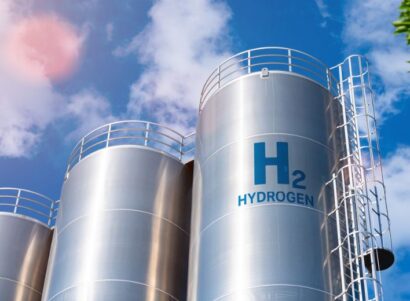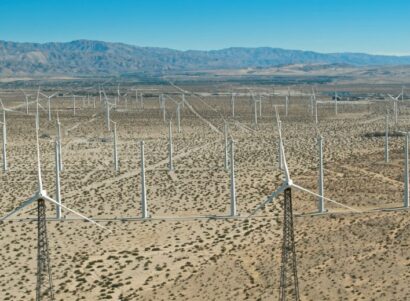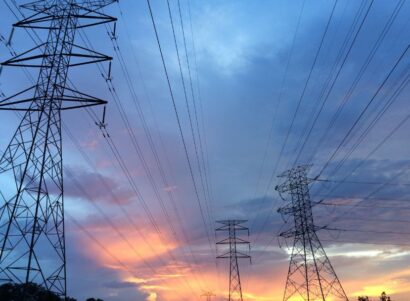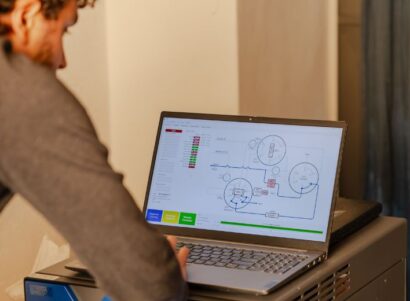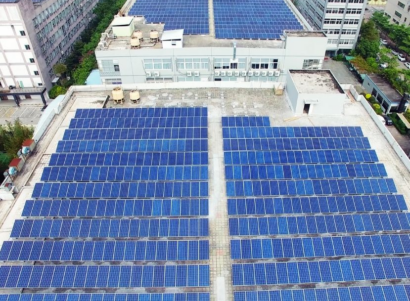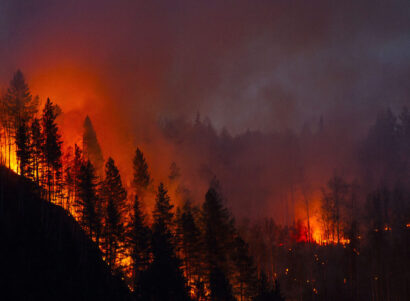New Interactive Map by PSE Healthy Energy Models Health Risk of 1,300+ Upstream Methane Emissions Events, Enables Anyone to Assess Risk to Their Community
Findings Have Profound Implications for Energy and Air Quality Policy, Regulation
Oakland, California—Scientists at PSE Healthy Energy launched a groundbreaking digital tool that reveals the hidden health risks of methane emissions events, such as when uncombusted natural gas leaks or vents from oil and gas facilities. The interactive map models more than 1,300 methane emissions events across 11 U.S. states and finds that virtually all of them—more than 99%—also released hazardous air pollutants such as benzene, toluene, ethylbenzene, xylene, and hexane, at modeled concentrations that pose risks to public health. Exposure to these pollutants can harm the reproductive, immune, hematologic, nervous, and respiratory systems. Long-term exposure to benzene can lead to cancer.
Leveraging PSE’s original, peer-reviewed modeling methods and gas composition database along with Carbon Mapper data from methane-sensing satellites and aircraft, the Methane Risk Map, “MRM,” is the first tool to calculate and visualize the impact that methane-linked hazardous air pollutants have on air quality and the risk they pose to human health. In doing so, it provides regulators, lawyers, and policymakers with scientific backing to establish health-protective policies such as setback distances, monitoring requirements, and leak prevention, detection, and mitigation measures.
“Satellite monitoring revolutionized our ability to find and track methane super-emitters, but it is blind to the air quality impacts and health risks they pose,” said Seth Shonkoff, PhD, MPH, executive director of PSE Healthy Energy. “Identifying and modeling the hazardous air pollutants released during methane emissions events, as PSE has done with the Methane Risk Map, completes the picture. We can now clearly see that methane emissions events from gas production are more than a climate hazard. They also impact air quality and put public health at risk wherever and whenever they occur.”
On average, the methane emissions events on the MRM show modeled benzene concentrations that pose public health risks up to two miles away from the source of the emissions. The MRM also shows that roughly 126,600 people live within two miles of those events, and locates 110 sensitive facilities such as childcare centers, senior centers, hospitals, and schools within that distance as well. These figures illustrate the extent to which gas extraction activities can degrade air quality and introduce health risks where people live, go to school, and seek health care.
Nationwide, more than 17.6 million people live within one mile of an active oil or gas well, but communities have lacked tools to understand the health risks of gas extraction activities in their own backyards. The MRM helps to fix that.
“The MRM enables anyone to pinpoint where and when their communities were likely impacted by hazardous air pollutants from a methane emissions event,” said Kelsey Bilsback, PhD, principal scientist at PSE Healthy Energy and principal investigator of the Methane Risk Map. “Nearly all of the events show a modeled health risk to surrounding communities. As more methane emissions data becomes available, we’ll regularly update the MRM—so it will continue to evolve and grow in its impact.”
Users can toggle between hazardous air pollutants to see the air quality impacts of individual chemicals for every modeled event. Color gradients illustrate the variation in peak concentrations of each hazardous air pollutant. A dotted red line lassoes the area where modeled concentrations exceeded government health benchmarks, indicating a health risk in those areas. By integrating demographic data into the tool, the MRM also illustrates that methane emissions events are yet another pollution burden on communities already facing challenging social, environmental, and health vulnerabilities, highlighting the urgency for incorporating equity into health-protective solutions.
“Pretty much every time scientists detect methane emissions from an oil and gas facility, hazardous air pollutants are silently emitted as well,” said Sebastian Rowland, PhD, scientist at PSE Healthy Energy and lead author of Rowland et al, one of the two peer-reviewed papers that form the scientific foundation of the MRM. “For too long, these emissions have gone undetected—our tool brings visibility to these emissions and associated public health risks.”
“The kinds of events we’re looking at typically aren’t accounted for in regulatory emissions inventories and health risk assessments,” said Sofia Bisogno, BSE, air quality scientist at PSE Healthy Energy and lead author of Bisogno et al, one of the two peer-reviewed papers that form the scientific foundation of the MRM. “By analyzing thousands of methane emissions events across the US, the MRM provides a straightforward and science-backed way for regulators to account for these risks, and develop health-protective energy policy.”
The scientific team at PSE will continue to add upstream methane emissions events to the MRM. In the future, PSE plans to model methane emissions events from the midstream and downstream sections of the gas supply chain and expand its geographic scope beyond the United States. The Methane Risk Map is part of PSE Healthy Energy’s Methane + Health Initiative, a multi-year research initiative to improve the scientific and public understanding of the link between methane emissions, air pollution, and public health.
###
About PSE Healthy Energy
PSE Healthy Energy (PSE) is a scientific research institute generating energy and climate solutions that protect public health and the environment. PSE provides expertise in public health, environmental science, and engineering and brings science to energy policy through actionable research, communications, and advising.
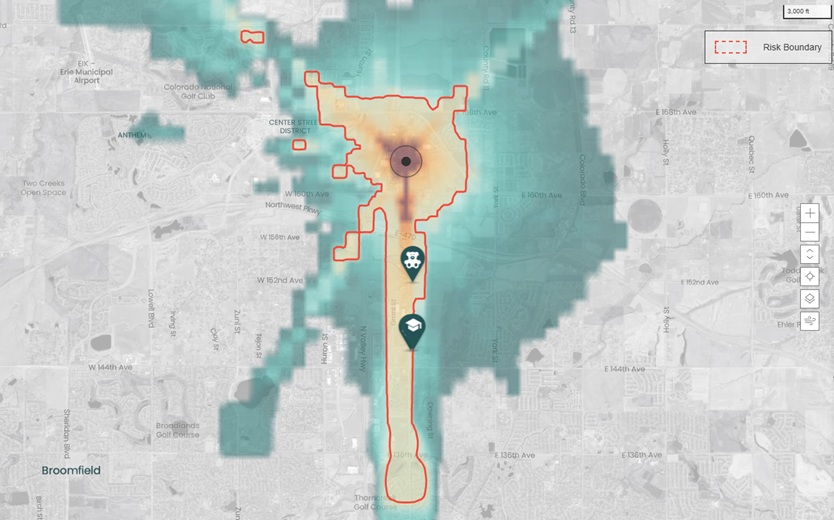

 The Methane Risk Map
The Methane Risk Map
 MRM Fact Sheet
MRM Fact Sheet


